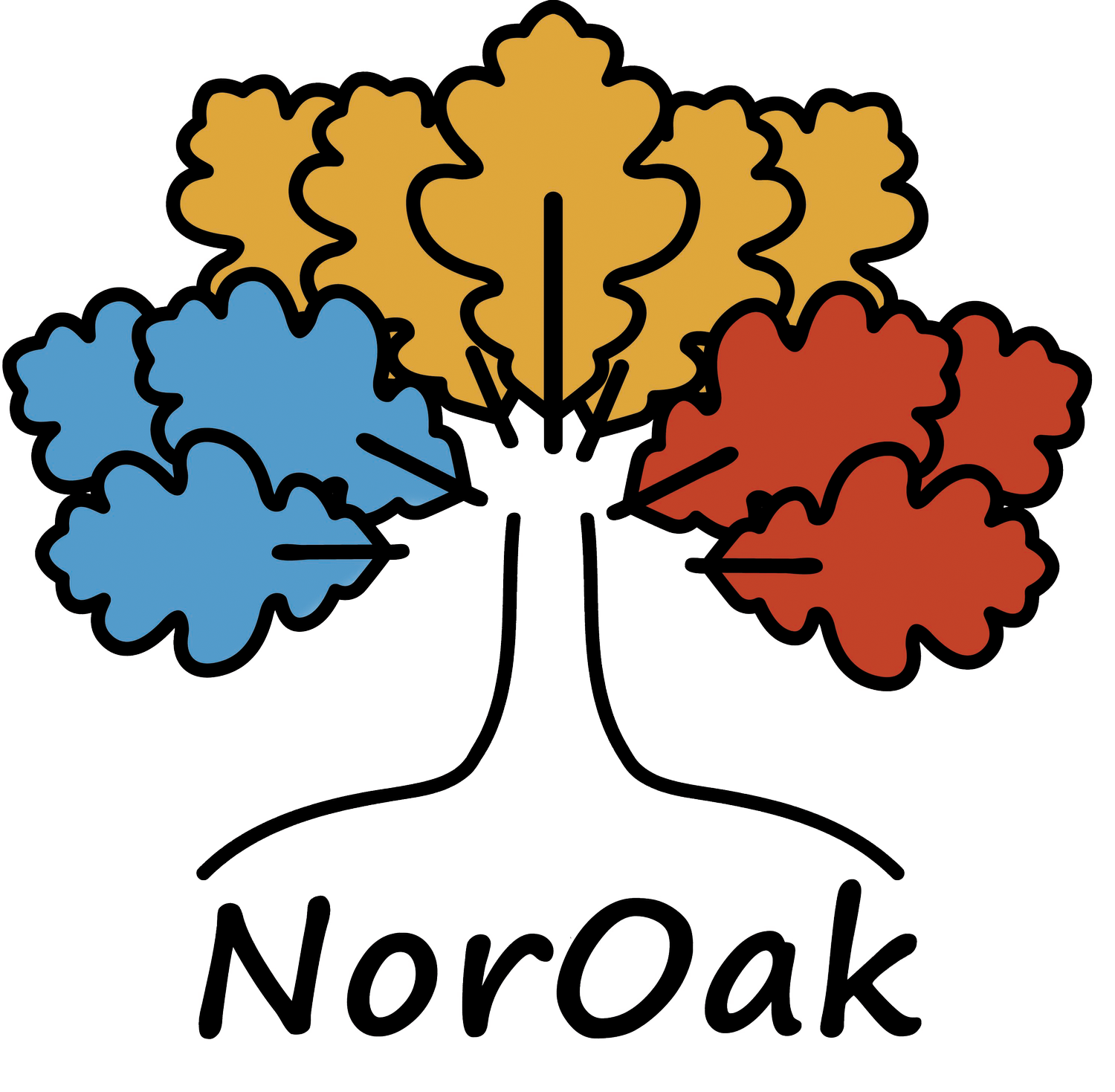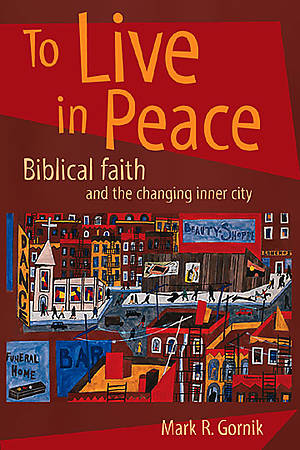This is an old book review for To Live in Peace: Biblical Faith and the Changing Inner City, by Mark Gornik.
The point of the book is to provide a rationale and theology for ministry in an inner city/urban setting. Inspired by John Perkins, Gornik tells us how he worked out his mission and ministry in Sandtown, a rough and run-down area of Baltimore in the late 90s. Like many community-based missions, they first spent time in the community until the community welcomed them in and then proceeded to build the ministry. Gornik started with relocation, but then moved forward building the ministry with those that had already been a part of the community. Often times the core remains with those that have relocated specifically to do ministry, but like Perkins, Gornik stresses the importance of the core being those that have been in the community through thick and thin, good times and bad. From this he stresses the importance of mercy ministry being the core rather than a tag-on ministry of the church. This is in contrast to the method of garnering the affluent as a core and then using their affluence to tag on a ministry to the poor and the disenfranchised. Stressing the community as the church rather than a ministry, he leads them forward with a vision and a long term plan rather than a quick fix.
The book unfolds with reflection and story telling of the mission in Sandtown. Telling the history of the segregated inner city, the post-industrial inner city, and the global inner city, Gornik weaves in theological reflections that provoke us as a church to confront the powers afflicting people in the inner city. He talks of the importance of being a church that is truly involved in the city, and the importance of becoming peacemakers by building friendships and community. Through these friendships and community, the church has a role in the re-building of run-down neighborhoods that they live in. In chapter five, “Singing a New Song,” he begins to tell how these concepts worked to revitalize and rebuild Sandtown. The book ends with the last chapter giving some concrete ways for churches to build mission and ministry, and to get help in a distressed urban setting.
This is an encouraging book for aspiring pastors to the cities. I’ve not been a fan of how the "Perkins method" has been applied by many people. To often it is couched in all the right words of community, justice, and other catch phrases, but in practice it works out as us coming to tell them how to live their life. I didn’t get that feeling with Mark.
In thinking of application of this approach in my ministry, Dolores Park Church has a unique place in San Francisco, being in the Mission District. The Mission itself has gentrified through the 90s, but it is still the gateway to the distressed part of the city. It may not be as distressed as Sandtown, but there are additional factors of language and diversity of culture that make San Francisco a bit of a different nut to crack open. One community-based church is not going to be able to address the full situation, not even within their community. There needs to be a community of communities, a band of churches across a large cultural band. There are also generational difficulties, as youth demand a church that crosses community and cultural boundaries that house churches and single-community-based churches have difficulty breaking away from. Many of the basic principles Mark brings out make up the same basic foundation of any church: letting the ministry be the church, working ministry through friendships and community building, and building better living conditions and neighborhood within the location of the church. Along with the many practical insights that came through the great set of examples and stories, there was an overriding simplicity to bring the church back from a commuter mega-model to it’s rightful place in the community.


